GPCR/G protein

All GPCRs share a common seven trans-membrane structure. GPCRs are associated with heterotrimeric G-proteins which are GTP-binding proteins made of alpha, beta, and gamma subunits. When a ligand binds to GPCR, it activates the attached G-protein, the GDP is replaced with GTP. The activated G-protein then dissociates into an alpha and a beta-gamma complex which activates downstream signaling pathways. These intracellular signaling pathways include cAMP/PKA, calcium/NFAT, phospholipase C, protein tyrosine kinases, MAP kinases, PI-3-kinase, nitric oxide/cGMP, Rho, and JAK/STAT.
GPCRs are one of the most important therapeutic targets for various diseases, over 30% of all modern medicinal drugs target this family. Aberrant GPCR functions are involved in pathological conditions such as neurological, immunological and hormonal disorders. A large number of GPCRs have been identified, but whose ligands are not known, are classified as orphan receptors.
-
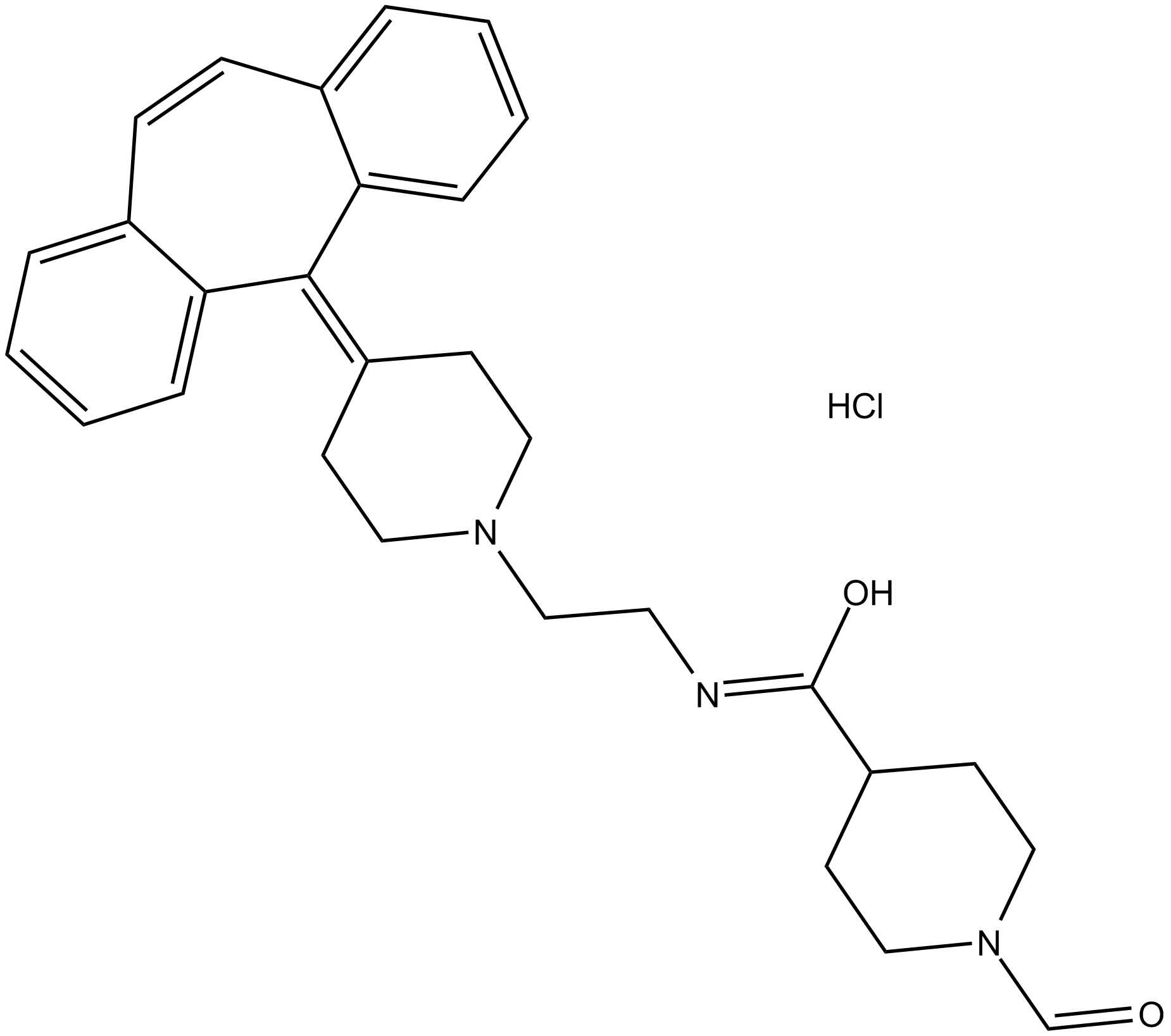 B5609 AT 1015Summary: Long-acting 5-HT2A antagonist
B5609 AT 1015Summary: Long-acting 5-HT2A antagonist -
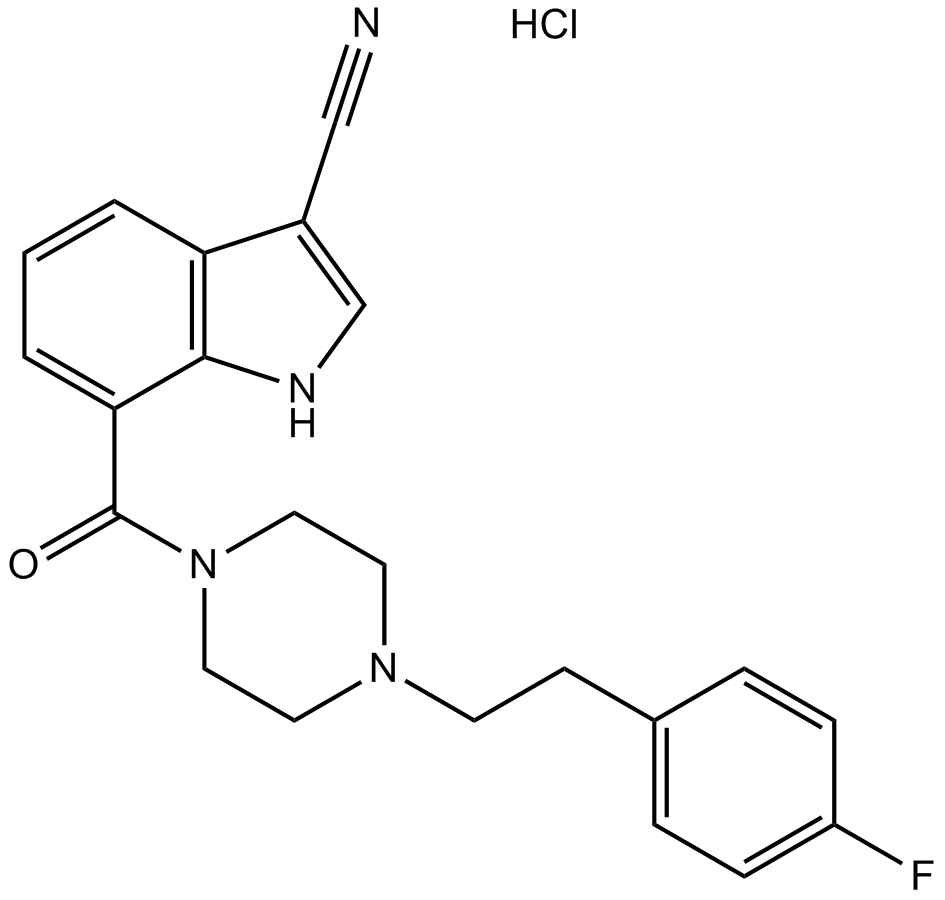 B5610 EMD 281014 hydrochlorideSummary: 5-HT2A antagonist
B5610 EMD 281014 hydrochlorideSummary: 5-HT2A antagonist -
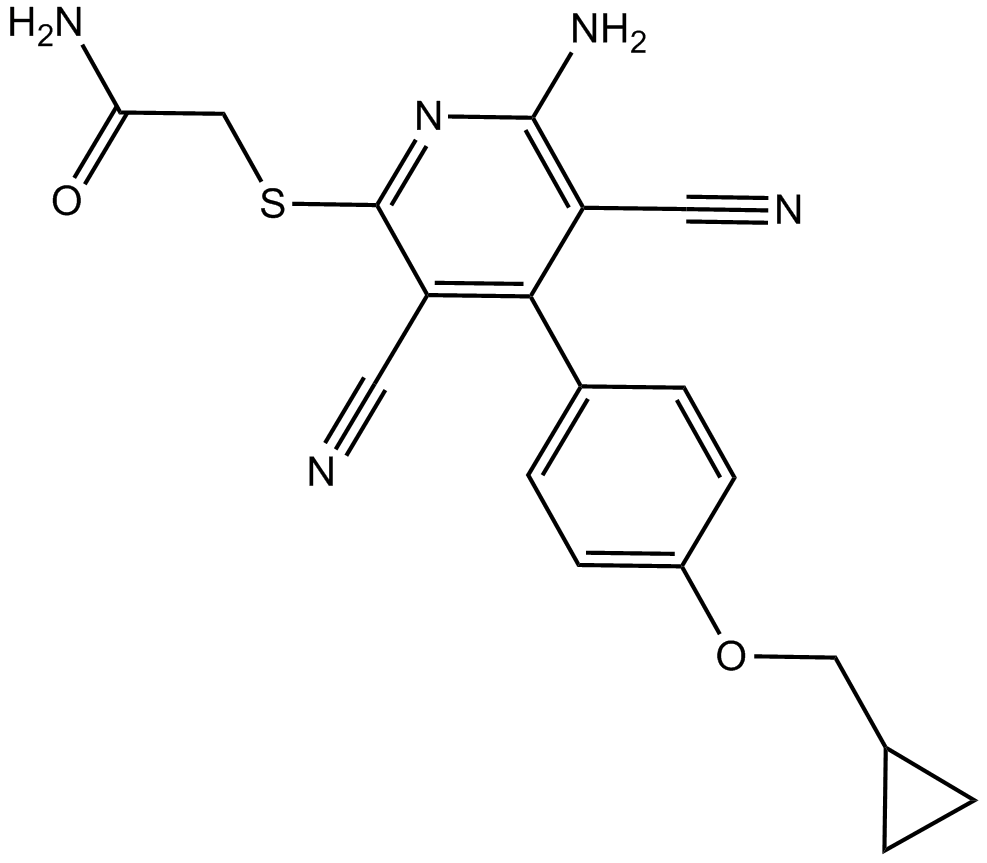 B5612 BAY 60-6583Target: Adenosine A2B ReceptorsSummary: Potent A2B receptor agonist
B5612 BAY 60-6583Target: Adenosine A2B ReceptorsSummary: Potent A2B receptor agonist -
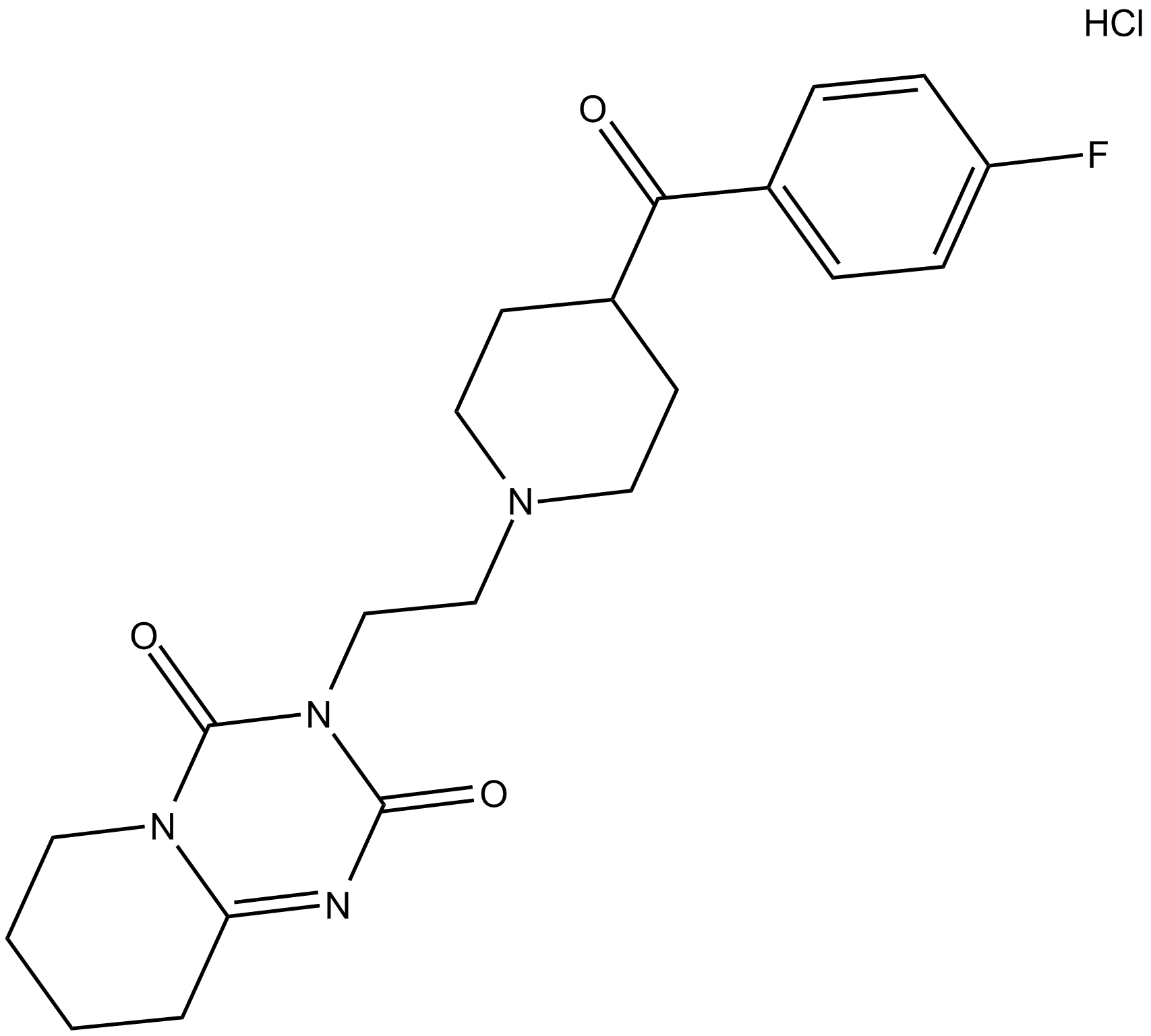 B5617 DV 7028 hydrochlorideSummary: 5-HT2A receptor antagonist
B5617 DV 7028 hydrochlorideSummary: 5-HT2A receptor antagonist -
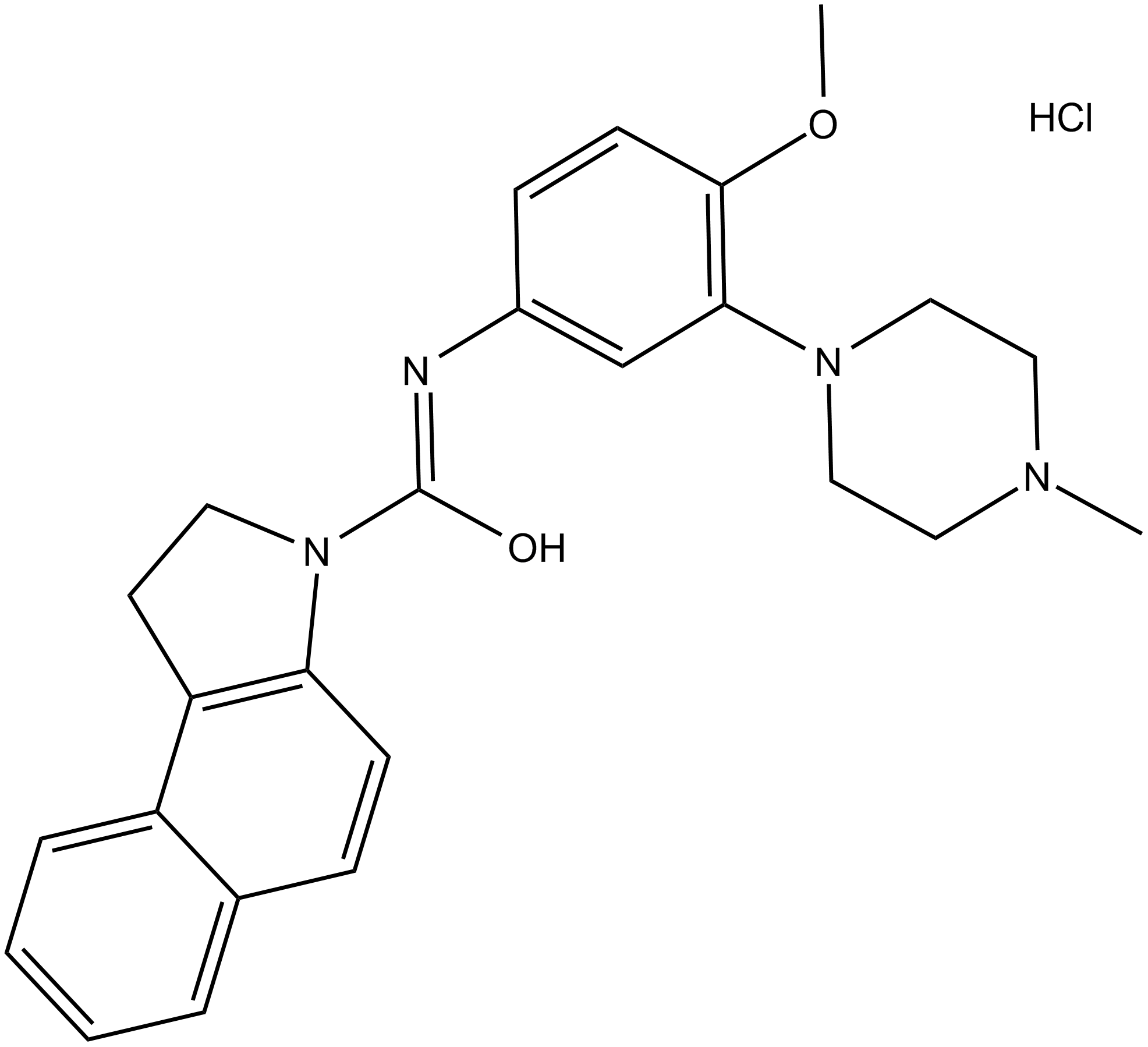 B5623 S 32212 hydrochlorideSummary: inverse agonist of 5-HT2C receptors
B5623 S 32212 hydrochlorideSummary: inverse agonist of 5-HT2C receptors -
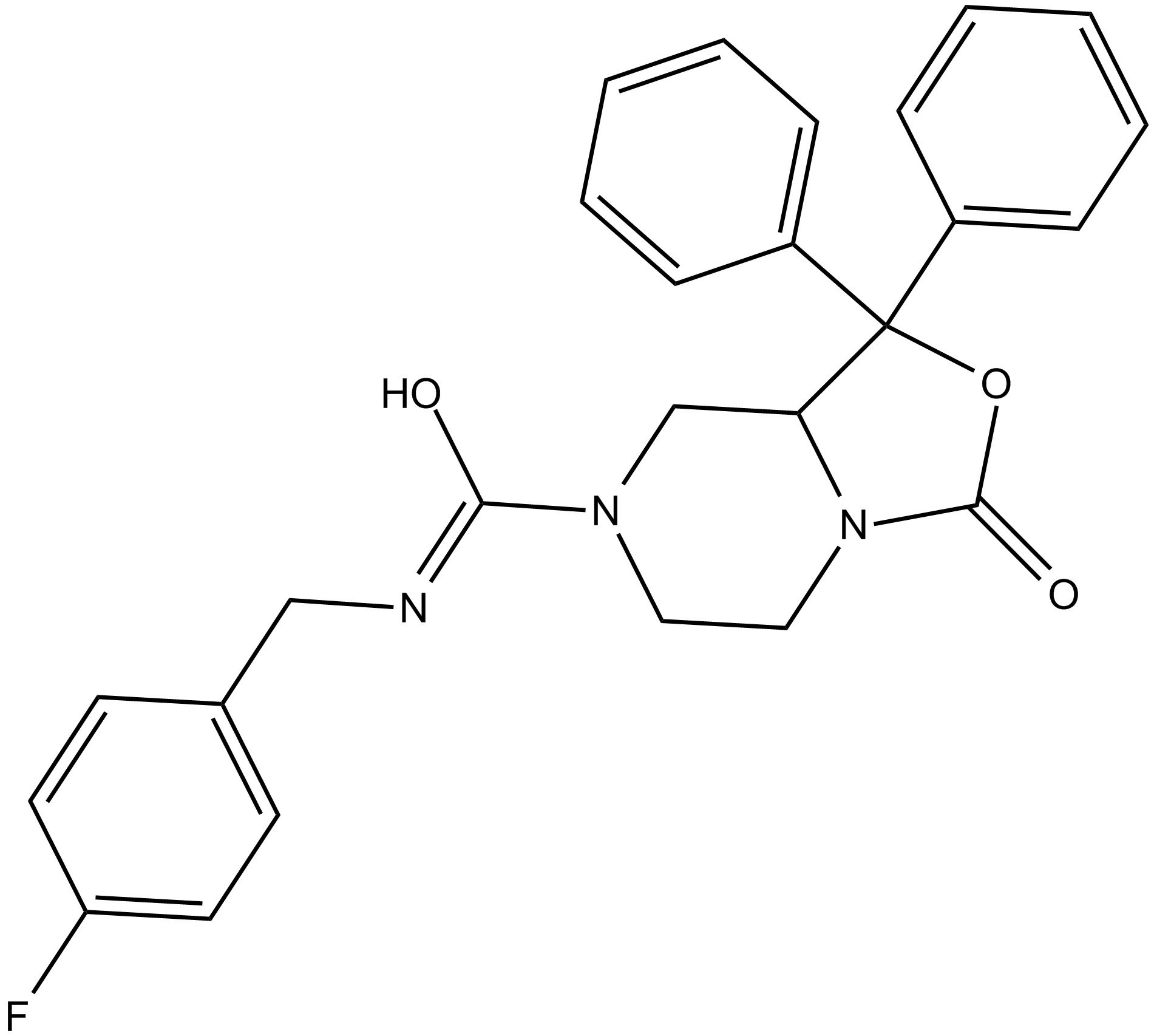 B5625 SHA 68Summary: neuropeptide S receptor (NPSR) antagonist
B5625 SHA 68Summary: neuropeptide S receptor (NPSR) antagonist -
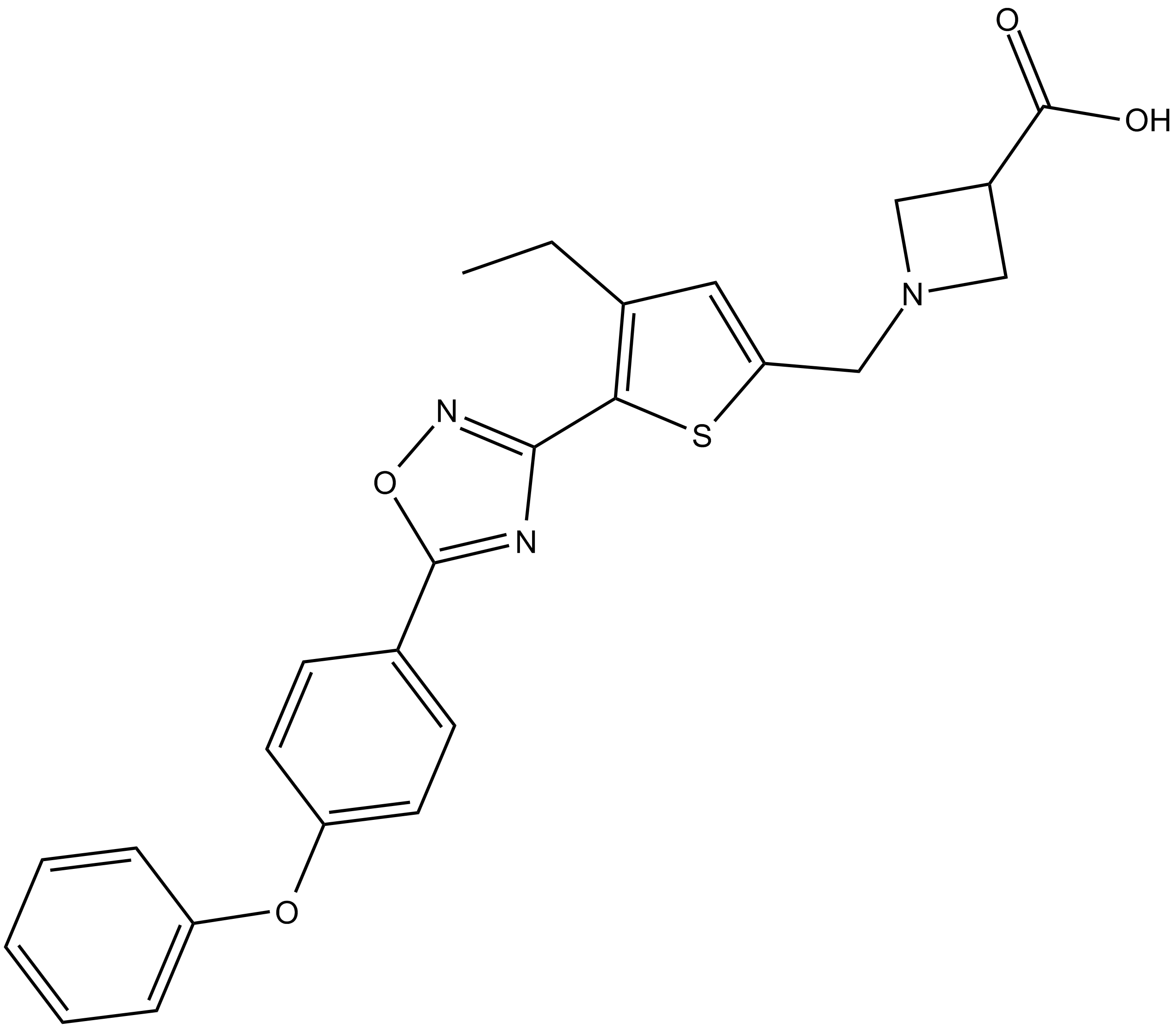 B5636 CS 2100Summary: S1P1 agonist
B5636 CS 2100Summary: S1P1 agonist -
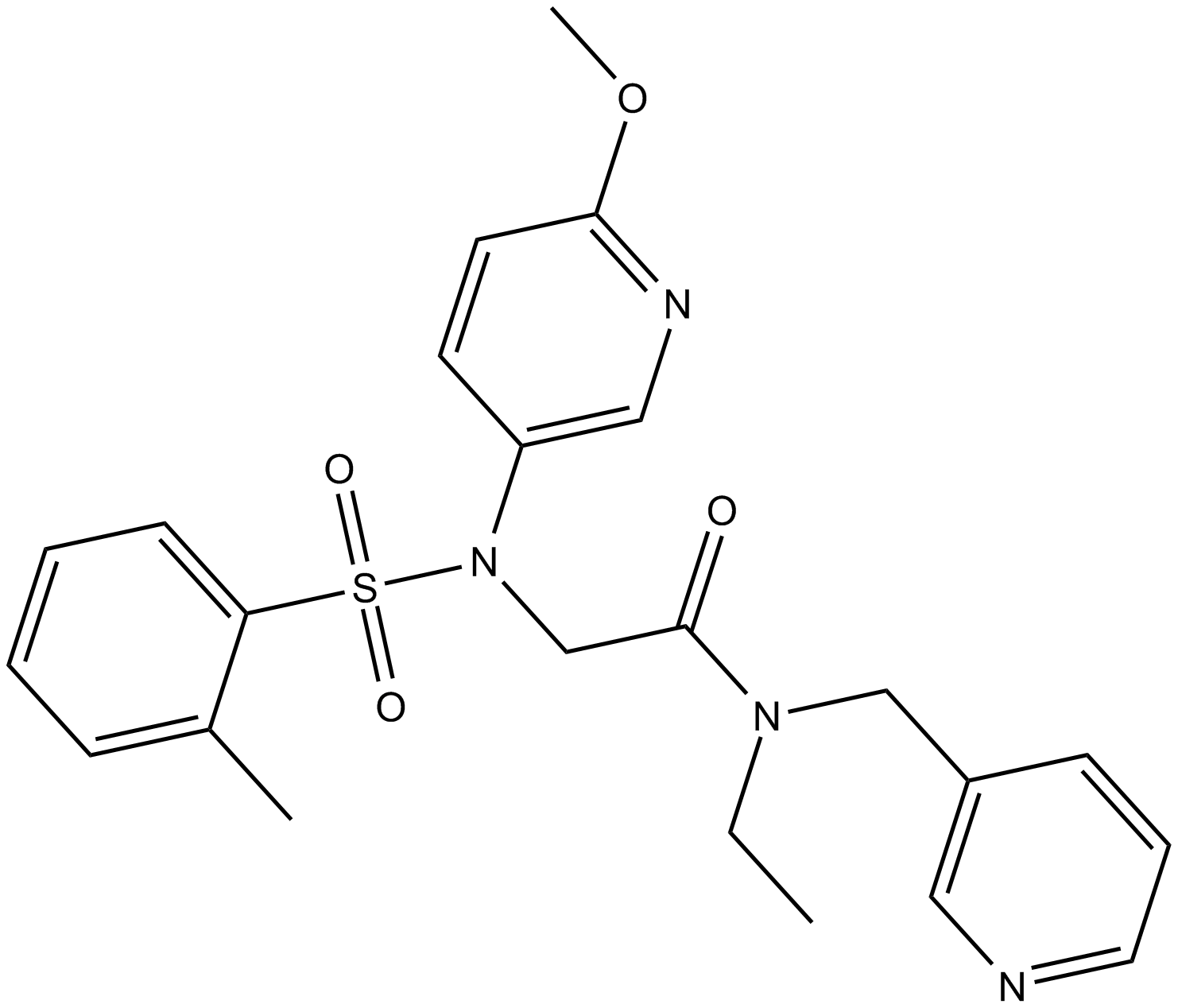 B5641 EMPASummary: OX2 receptor antagonist
B5641 EMPASummary: OX2 receptor antagonist -
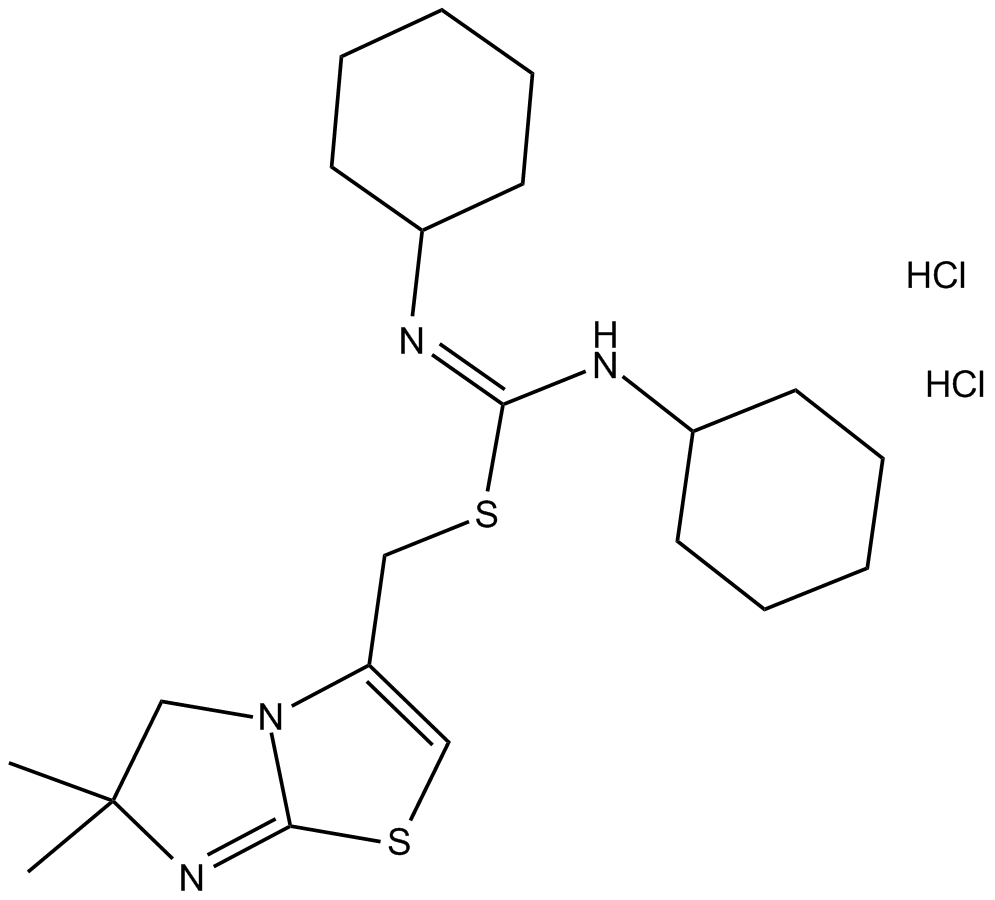 B5650 IT1t dihydrochlorideSummary: CXCR4 antagonist, potent
B5650 IT1t dihydrochlorideSummary: CXCR4 antagonist, potent -
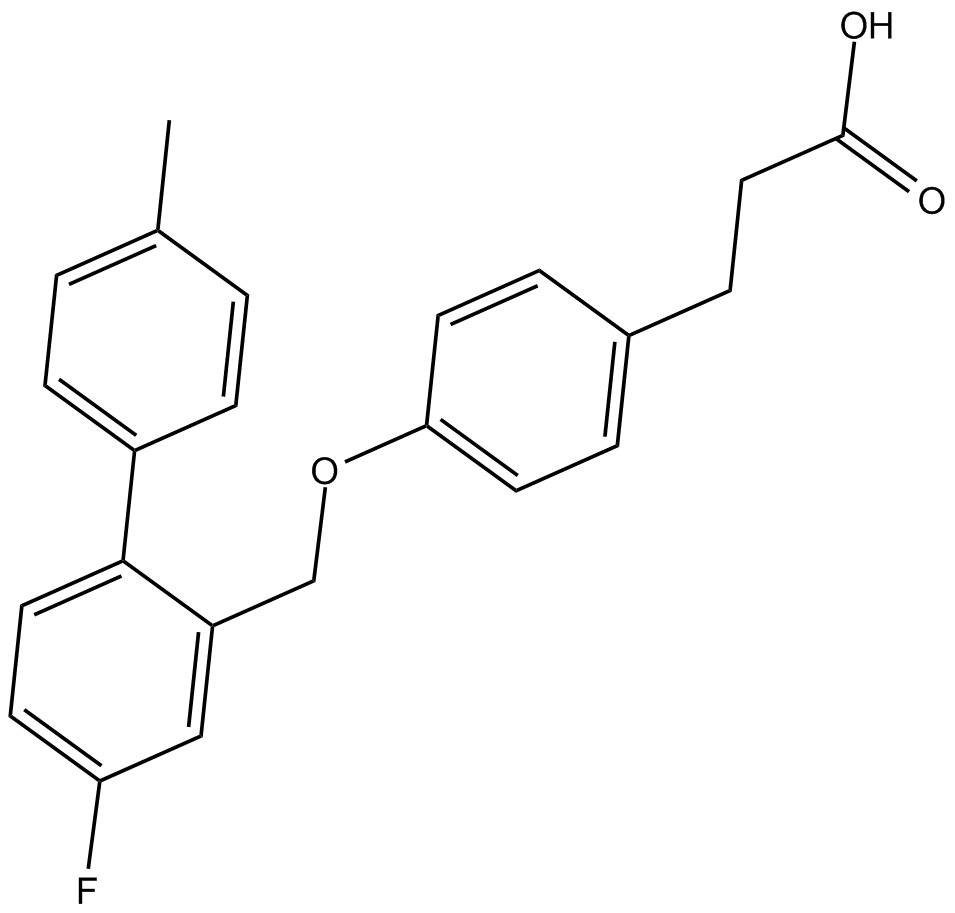 B5651 TUG 891Summary: FFA4 (GPR120) agonist
B5651 TUG 891Summary: FFA4 (GPR120) agonist

